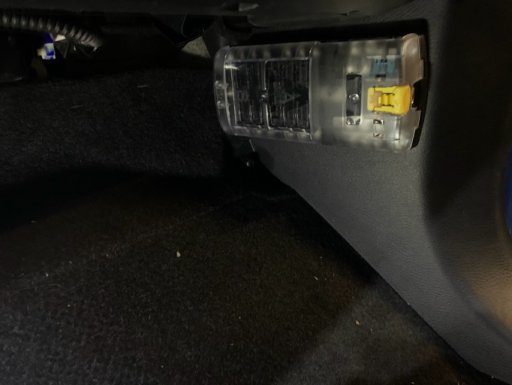
Enthusiast I
Hi Everyone
I am new to the overlanding world and looking for your expert advice on all things related to building my 2019 Toyota Tacoma into an overlanding build. I use my Tacoma as a daily driver as well so I have to try and strike a balance between making a capable off-roading rig and not adding too much weight to ruin handling and mileage. I also want to setup it up as an emergency preparedness vehicle so that I can travel/live out of it for at least 72hrs if required.
As mentioned above, I am going to be using this truck for daily driving overlanding, camping and as an emergency preparedness rig. I have worked out a set of requirements that I am going to discuss here:
Requirements as a Daily Driver:
One of the key aspect of my vehicle build will be to have systems and configurations that can be easily added and removed from the rig so that I can outfit it from one mode to the other on short notice. Saving weight on items that cannot be removed easily would be the other key aspect. I am hoping that I can get a lot of support from you guys who have been doing this for a lot longer than I have - giving me good advice and leading me away from costly mistakes!
Thank you and see you on the trails!
I am new to the overlanding world and looking for your expert advice on all things related to building my 2019 Toyota Tacoma into an overlanding build. I use my Tacoma as a daily driver as well so I have to try and strike a balance between making a capable off-roading rig and not adding too much weight to ruin handling and mileage. I also want to setup it up as an emergency preparedness vehicle so that I can travel/live out of it for at least 72hrs if required.
As mentioned above, I am going to be using this truck for daily driving overlanding, camping and as an emergency preparedness rig. I have worked out a set of requirements that I am going to discuss here:
Requirements as a Daily Driver:
- Must be able to perform like a stock truck for 5 – 7 days a week - grocery getter and commuter
- Must get stock/acceptable gas mileage – City >14MPG, Highway >17MPG
- Must not carry unnecessary cargo and weight in Daily Driver mode
- Must have enough bed capacity to haul bigger items when required
- Street and Highway driving should be comfortable, safe and effortless
- Must be able to go through drive throughs, automatic car washes and underground parking lots
- Must always have enough essential kit to survive 2-3 days in off-grid conditions for 2 persons
- Essentials must include food, potable water, medical/first aid kit, sanitary items, clothing, sleeping gear and communication equipment
- Must be capable of driving off-road in all kinds of terrain – traction aids over sand and snow required as well as single vehicle recovery equipment
- Since most of this equipment will remain on the vehicle at all times, it must also satisfy all Daily Driver Requirements
- Camping gear must include food, potable water and sleeping arrangements for up to 3 persons
- Must be capable of driving off-road in fairly easy terrain
- Must have elaborate cooking arrangements for up to 3 persons
- Must have enough battery capacity to power camping lights, recharging electronic equipment and fridge/freezer for 6-8hrs (overnight)
- Must be able to generate enough power to fully charge batteries within 6-8hrs whether driving or stationary
- Must load out fairly quickly – within a 2hr notice
- Long Range capacity – Must be able to travel 500 miles in highway driving or 300 miles on properly graded dirt roads
- Must get acceptable gas mileage – 10mpg in Off-road and 15mpg on Highway
- Must be capable of driving off-road in all kinds of terrain – traction aids over sand and snow required as well as single vehicle recovery equipment
- Street and Highway driving should be comfortable, safe and effortless
- Must be able to generate enough power to fully charge batteries within 6-8hrs whether driving or stationary
- Must have enough provisions for living off-grid for an extended period (2 weeks) for 2 persons
- Must have elaborate cooking arrangements for up to 2 persons
- Must have comfortable sleeping and sanitary accommodations for 2 persons – this includes sleeping in all 4 seasons, privacy during toilet and hot shower capability
- Must have extended food storage arrangement to supply 2 persons for up to 2 weeks
One of the key aspect of my vehicle build will be to have systems and configurations that can be easily added and removed from the rig so that I can outfit it from one mode to the other on short notice. Saving weight on items that cannot be removed easily would be the other key aspect. I am hoping that I can get a lot of support from you guys who have been doing this for a lot longer than I have - giving me good advice and leading me away from costly mistakes!
Thank you and see you on the trails!









